Grow your own Cabbages |
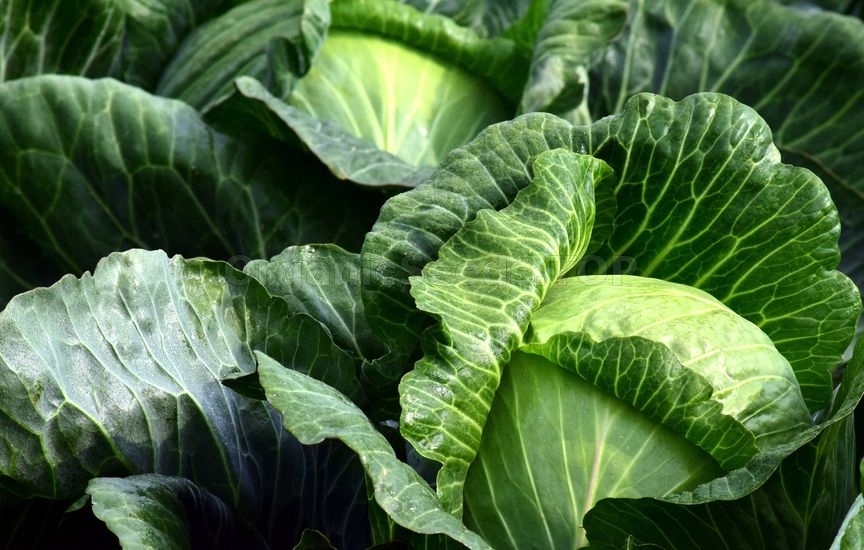 Cabbages come in different shapes, sizes and colours, and with a little planning it's possible to pick them fresh nearly every day of the year. They can be used raw in salad or coleslaw, and as ingredients in soup, boiled, steamed or braised. Different types can be harvested throughout the year. Sow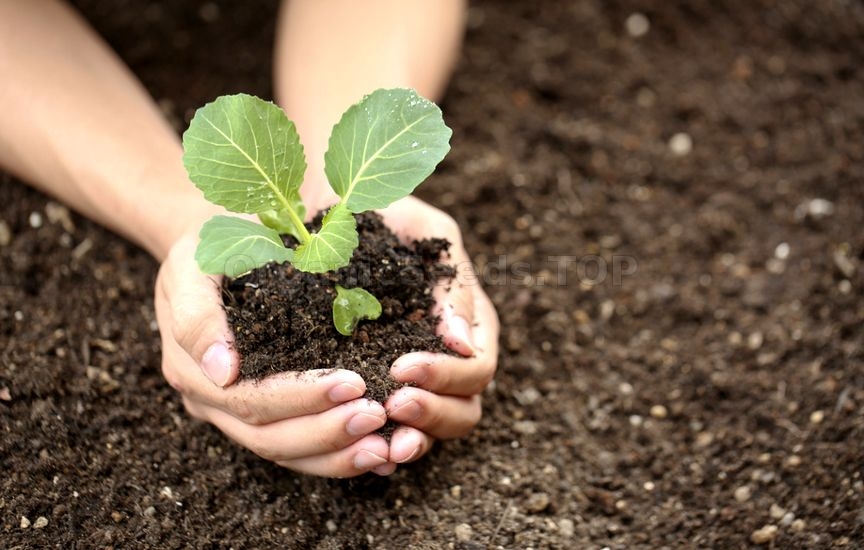 Cabbages need a sunny site and firm soil. Wherever possible, prepare the soil in autumn by adding well-rotted manure or garden compost and then leave it over winter to consolidate. Before planting cabbages, make sure the soil is well firmed by shuffling along the surface on your heels, then rake it flat.
You should not grow cabbages in the same soil that you grew them (or other brassicas) the previous year. Cabbages are best suited for growing in the open ground, but you could grow one or two in large, deep containers. They are not suitable for growing bags. Cabbages can be either sown directly in the ground outside, or in seed trays (and left outdoors). If you only want a few cabbages, it is best to sow in seed trays, then transplant outdoors. Use modular trays, and sow one seed per module. Traditionally, cabbages are sown into a seedbed, a site away from your main vegetable plot, then transplanted later in the season. This is because sowing cabbages at their final spacings in your main vegetable plot would take up a lot of room early in the growing season, when you could be growing fast-maturing crops, such as lettuce. 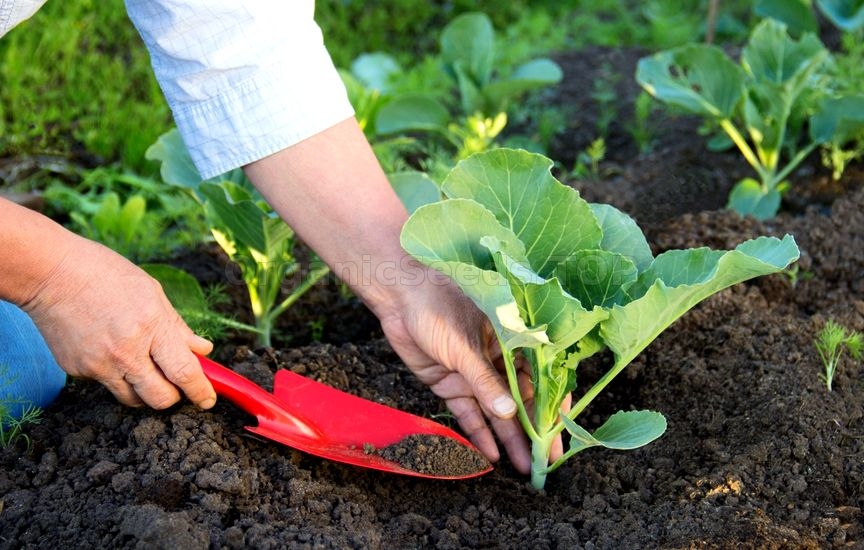 However, there is nothing stopping you sowing your cabbages into your main vegetable plot, at their final spacings, which is 30-45cm (12-18in) between plants and rows, depending on the cabbage type (check the back of the seed packet). All the groups of cabbages are grown in exactly the same way, just the sowing times vary.
No matter if you are sowing into a seedbed, or into the final growing position, thoroughly prepare the soil by raking the surface to create a fine, crumbly texture and sow thinly at 1cm (1/2in) deep. Grow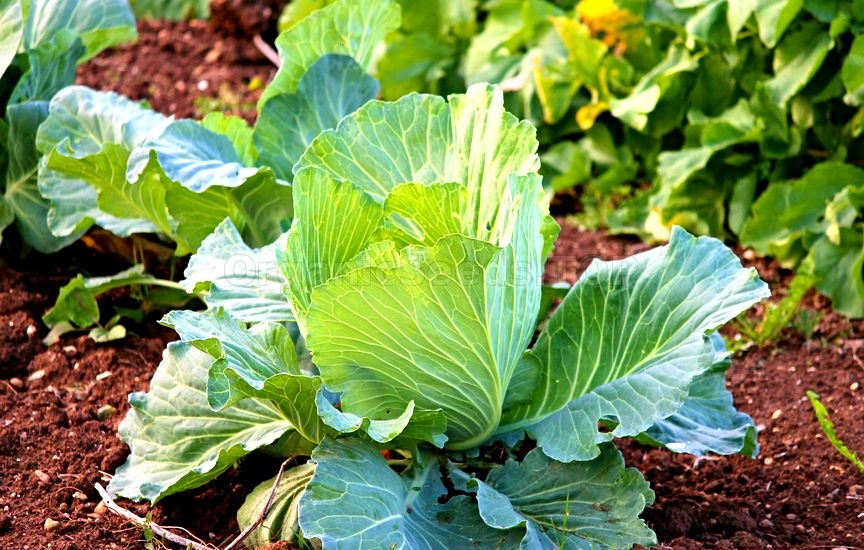 Transplant the young plants to their final growing position when plants have five or six true leaves, setting the lowest leaves at ground level. Water well the day before moving, firm in well after transplanting and ‘puddle’ in the plants with plenty of water (this means filling the hole with water several times before adding soil).
Plant compact varieties 30cm (1ft) apart, larger varieties up to 45cm (18in) apart. Plant spring cabbages just 10cm (4in) apart in rows 30cm (1ft) apart - thin out to 30cm (1ft) apart in late February/March. If you puddle in your cabbages well at planting, they will need little water. In prolonged dry spells, a thorough soak every 10 days will be enough. When the heads begin to form, generous watering will greatly improve head size. Feed summer and winter cabbages with a high-nitrogen fertiliser before they get too big. Common problems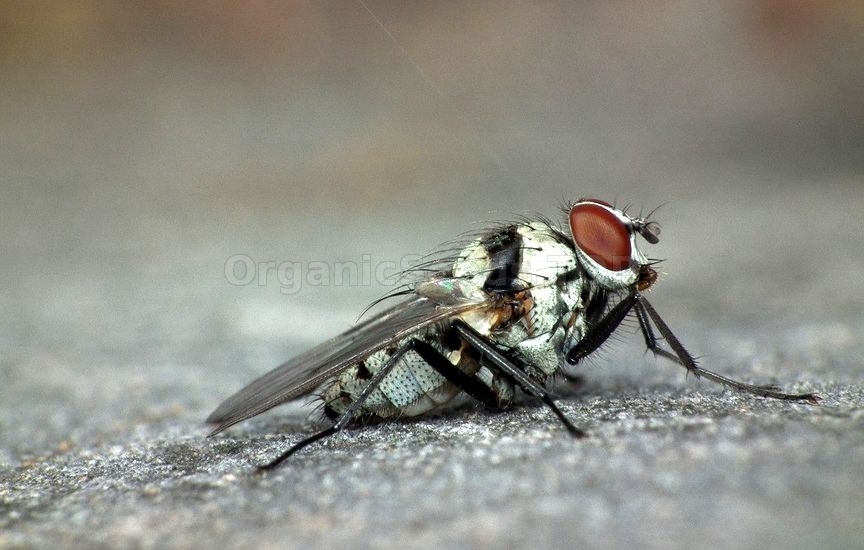 Cabbage root fly: White larvae approximately 5cm (2in) long, feed on the roots just below the soil surface, stunting growth and causing plants to wilt and die.
Remedy: Grow under insect-proof mesh or horticultural fleece. Seedlings are most vulnerable. Caterpillars: A number of caterpillars will feed on brassicas, but the most common are those of cabbage white butterflies. You will usually see the caterpillars, if not, you will see the holes they make in the leaves. They will also bore into the heart of cabbages. 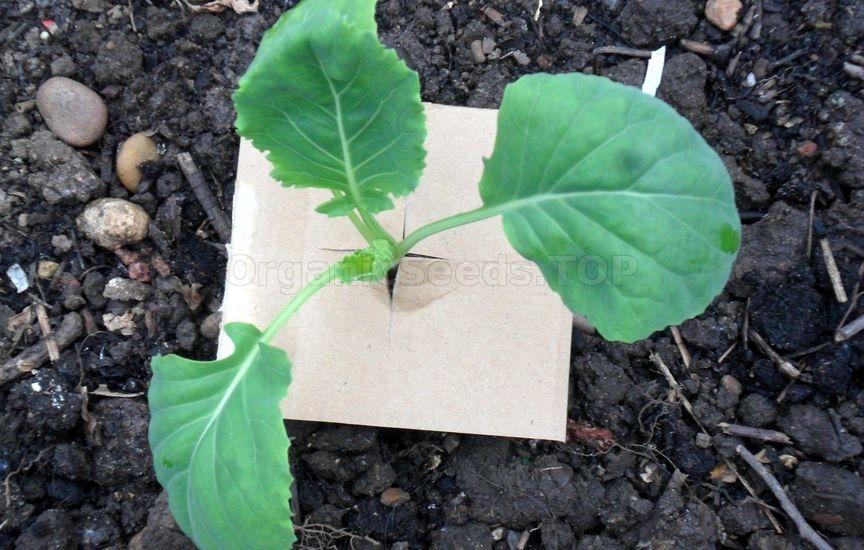 Remedy: In mild attacks, or if you have only a few plants, you may be able to pick the caterpillars off. Insect-proof mesh or fine netting (5-7mm mesh) can prevent egg-laying. Club root: Roots become swollen and distorted, and leaves become pale and yellow and wilt easily. Plants may die. Remedy: Improve drainage and add lime to make soil more alkaline. Do not grow in affected soil. Slugs and snails: These feed on the young seedlings and you'll see the tell tale slime trail on the soil around your crop, as well as on the leaves. Remedy: There are many ways to control slugs and snails, including beer traps, sawdust or eggshell barriers, copper tape and biocontrols. Harvesting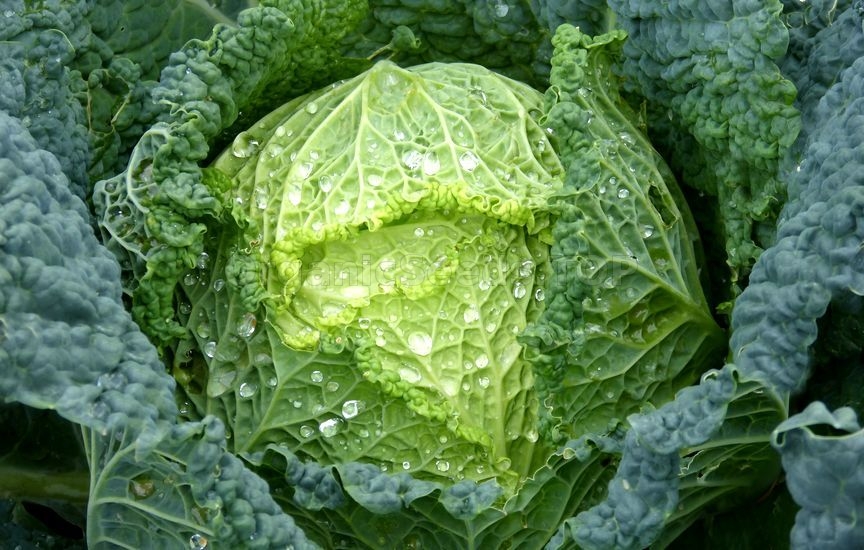 Cabbages are harvested by cutting through the stem just above ground level with a sharp knife. Cut a 1cm (½in) deep cross in the stump of spring and summer cabbages and you'll be rewarded with a second crop of much smaller cabbages. You may need:Cabbage SeedsCauliflower SeedsBrussels sprout seedsBroccoli SeedsSavoy cabbage seeds |
|
|
